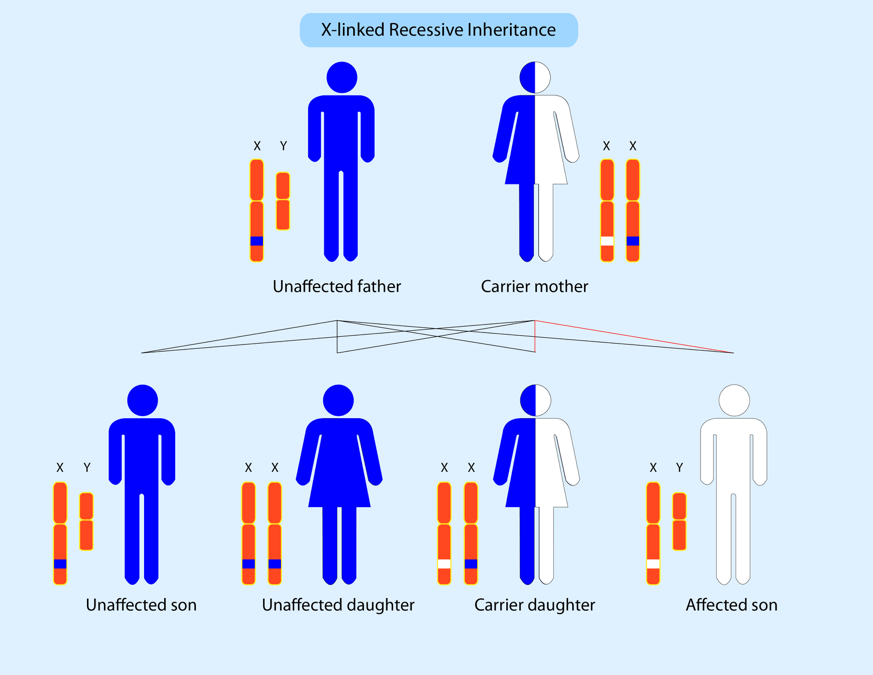Muscular Dystrophy (MD) is a group of neuromuscular genetic disorders that cause muscle weakness and overall loss of muscle mass. MD is a progressive condition; meaning that it gets worse with the passage of time. Muscular Dystrophy is considered as a disability in many countries including the USA (under Americans with Disabilities Act) and India (under Rights of Persons with Disabilities Act). At present, there is no cure available for Muscular Dystrophy.
Cause of Muscular Dystrophy
MD is a genetic disorder. There are genes in our body responsible for the production of muscle building proteins. In Muscular Dystrophy, these genes become abnormal due to mutation. Thus the proteins needed for maintaining healthy muscles are not produced in the body.
Types of Muscular Dystrophy
- Myotonic (also called MMD or Steinert’s disease)
- Duchenne
- Becker
- Limb-girdle
- Facioscapulohumeral
- Congenital
- Oculopharyngeal
- Distal
- Emery-Dreifuss
Common Forms of Muscular Dystrophy
Duchenne Muscular Dystrophy (DMD) is the most common form of MD in children. It affects only the male children. Symptoms appear anytime between the age of 2 and 6 years. Affected children usually die in their late teens or early 20s.
Myotonic Muscular Dystrophy (MMD) is the most common form of MD in adults. Symptoms appear anytime between childhood and adulthood. Affected individuals have a decreased life expectancy.

Is Muscular Dystrophy Inherited from Parents?
Yes, some types of Muscular Dystrophies can be inherited from parents. If one or both the parents have MD or they are the carriers of mutation, the disorder may be passed on to the child. Some other types of MD occur due to spontaneous mutation in the mother’s egg or the developing embryo and can be passed on to the next generation.
For example, Duchenne Muscular Dystrophy is inherited in an X-linked recessive pattern, because the gene that can carry a DMD-causing mutation is on the X chromosome. Every man inherits an X chromosome from his mother and a Y chromosome from his father. Women get two X chromosomes, one from each parent.

Is Muscular Dystrophy a Disease?
No. Muscular Dystrophy is a genetic disorder. It is not a disease.
Can Muscular Dystrophy be Cured?
No. At present, there is no known cure for MD. However, treatment may help in slowing down the rate of muscle degeneration and increase quality of life.
Muscular Dystrophy Meaning in Hindi
Muscular Dystrophy is called maanspeshiya durvikaas (माँसपेशीय दुर्विकास) in Hindi. It literally means stunted development of muscles.
If you have any questions related with Muscular Dystrophy, please feel free to ask in the comments section. We also request our readers who have knowledge on this subject to answer questions. Sharing knowledge is a great way of caring. Thank you for connecting with WeCapable!
Use the citation below to add this article to your bibliography
"Muscular Dystrophy (MD): Disability, Meaning, Symptoms, Causes, Types." Wecapable.com. Web. June 18, 2025. <https://wecapable.com/muscular-dystrophy-md-disability-meaning-symptoms-causes-types/>
Wecapable.com, "Muscular Dystrophy (MD): Disability, Meaning, Symptoms, Causes, Types." Accessed June 18, 2025. https://wecapable.com/muscular-dystrophy-md-disability-meaning-symptoms-causes-types/
"Muscular Dystrophy (MD): Disability, Meaning, Symptoms, Causes, Types." (n.d.). Wecapable.com. Retrieved June 18, 2025 from https://wecapable.com/muscular-dystrophy-md-disability-meaning-symptoms-causes-types/

Is Congenial torticollis is a disability?
If yes, then it comes under which disability category?
Please help.
Thank you.
In personal opinion it may not be considered as a disability for issuing a certificate. But you should consult your doctor for this. I am not a qualified medical professional.
Dear Sir,
I have deformity in my hands (deformed fingers, excessive thin hands etc). I was born normal but at the age of 8-10 years, I started feeling pain in my ankles, slowly my fingers started getting deformed and within 5-6 years, my one hand got deformed. I was only 40 kg of weight when I was 22 years of age. However, at the age of 23, I came to know that I have TB also which was then cured and I gained some weight. Now, I am 33 years old and I am 70 kg of weight. But, my hands are still thin and my fingers are deformed. I have been issued a certificate of handicapped in 2007 but I am not aware what kind of disability I have. Is it muscular dystrophy or something else. I use OH when showing it to some applications.
Please guide me whether I have locomotive disability and specially muscular dystrophy and whether it is 100 per cent that it will pass on to my 4 year old son (he is normal right now).
Congenial Kyposis comes under which category ? is it comes under MD
Please clarify my doubt sir
Thank you
Kyphosis is considered under locomotor disability. Please consult a qualified doctor about it.
Does Carpal Tunnel Syndrome comes under this?
how to get disability certficate for mayotoniya congenital patient
Does Central Core Disease come under Muscular Dystrophy. If not, Does a person affected by CCD come under any disability under “Rights of Person with Disability Act, 2016” ?
Spastic Paraparesis falls under which Disability category under Rights of Persons with Disability Act, 2016 ? Reply solicited.
Sir I am suffering by epidermolysis bullosa simplex disease. Sir does this disease come under disability or not? Please tell sir. I am suffering more.
My nails and teeth decaying early. And my skin was very fragile and my hands and legs both are affected by wounds. Plse help me sir. Can I get disability or not?
Please contact the CMO of your district hospital for evaluation of your condition.
Sir my daughter have congenital hypoplastic thumb deformity. We try to correct her thumb CMC hospital and there six times operated her thumb. Now my daughter can write and maximum daily work done easily. My question is daughter can get opportunity to MBBS study?